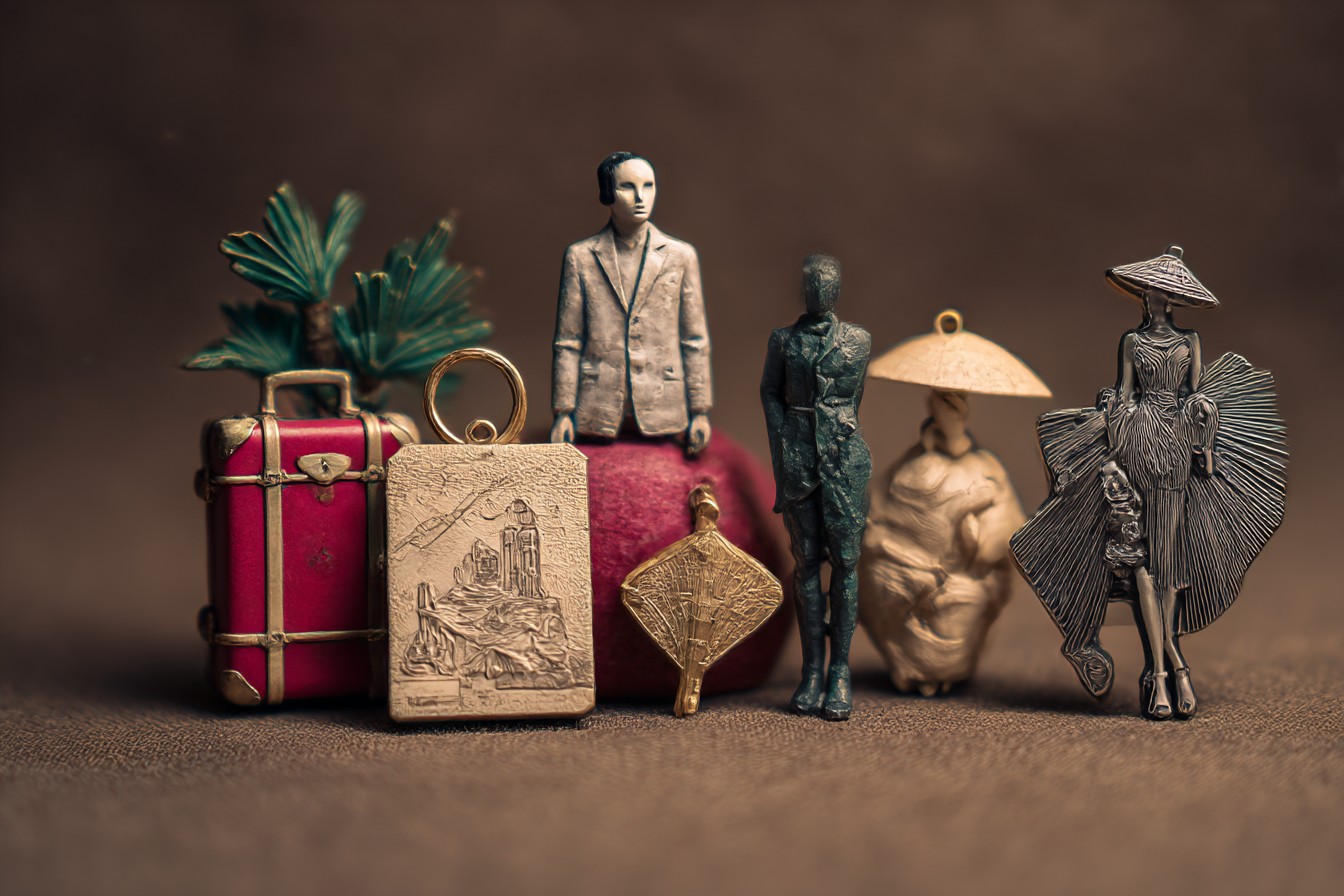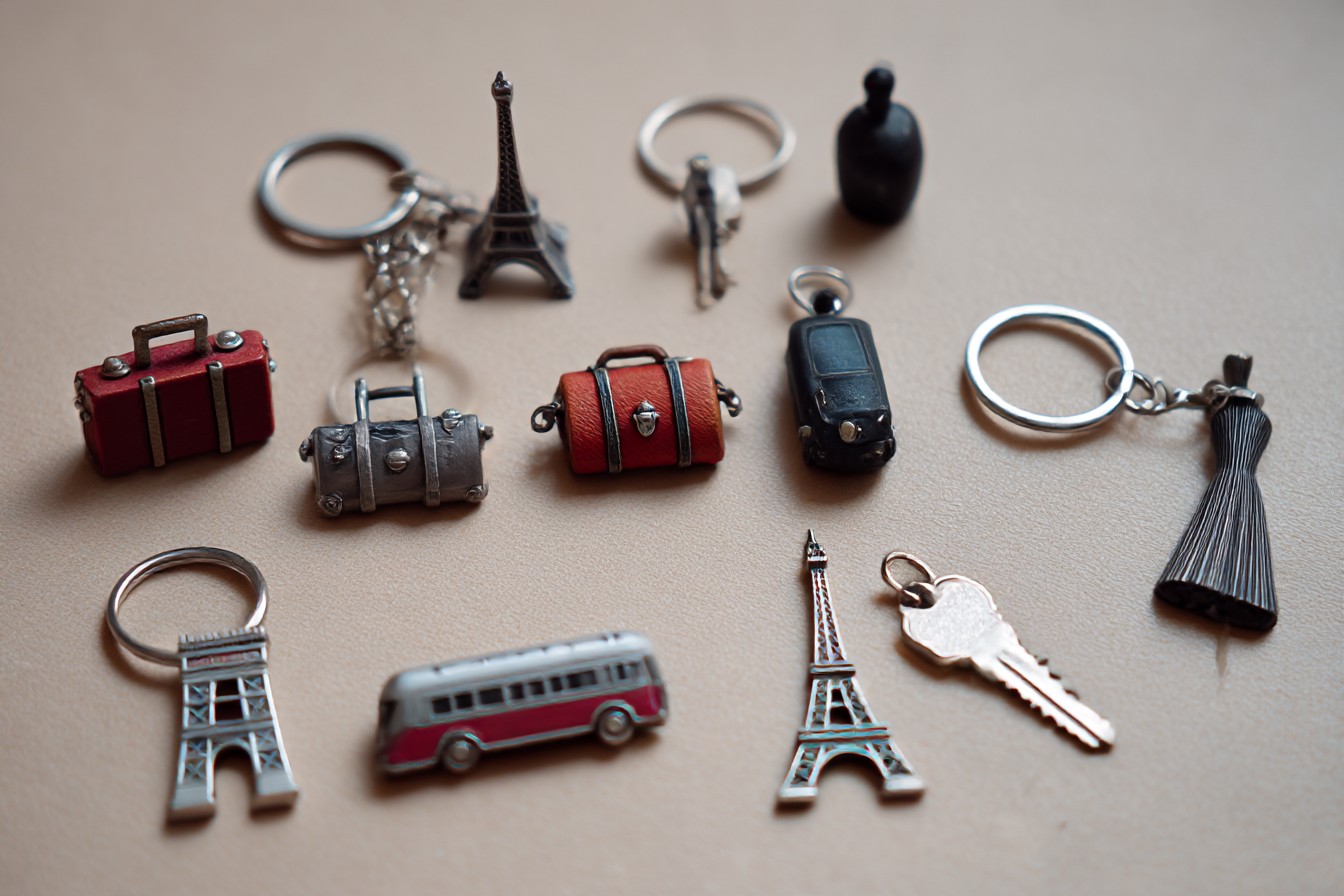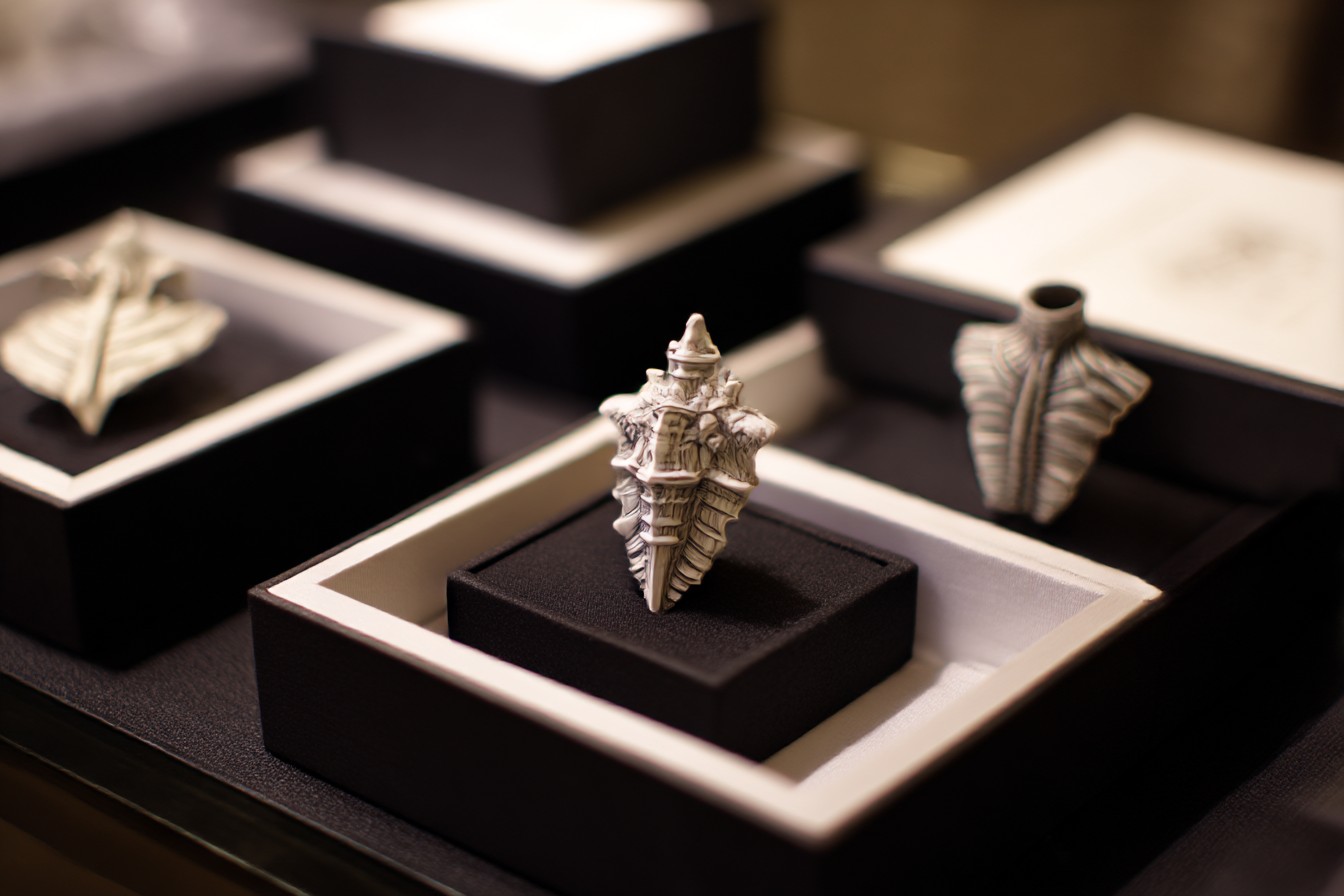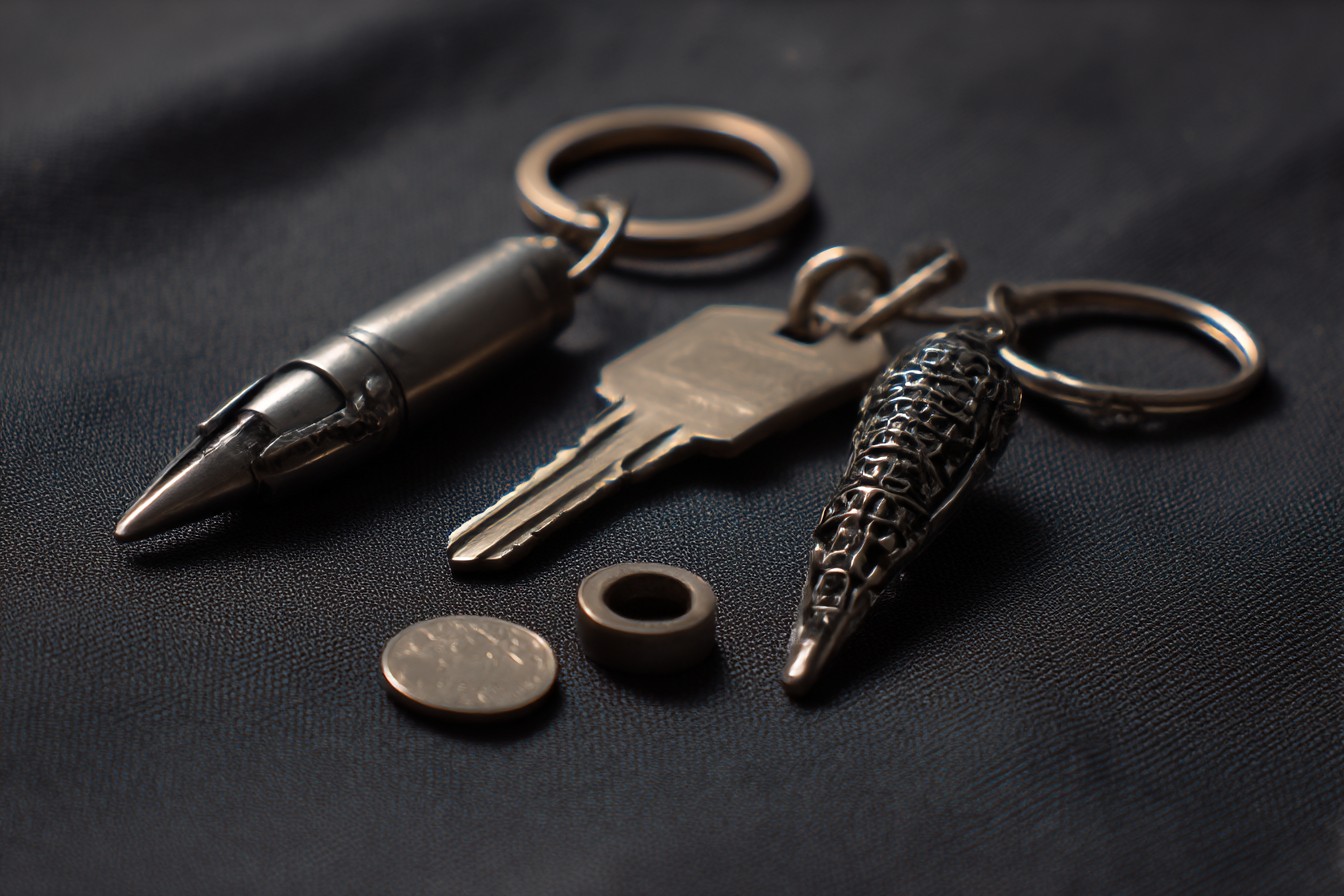There’s a moment I’ve experienced in nearly every holiday I’ve ever taken. It usually happens on the penultimate day, when the relaxation has fully set in and I’ve finally stopped checking my work emails. I’ll be wandering through some lovely little street, soaking up the last bits of whatever place I’ve been fortunate enough to visit, when suddenly I’m gripped by gift panic. “THE SOUVENIRS!” my brain screams. “You’ve bought nothing for anyone and you’re leaving TOMORROW!”
What follows is a frantic dash into the nearest tourist shop, where I grab at keychains and tea towels and snowglobes with the desperate energy of someone who’s just remembered they have fourteen beloved family members who will never forgive them if they return empty-handed. I once spent €75 on Barcelona fridge magnets in under four minutes. Not my proudest moment.
The aftermath is always the same: I return home with a suitcase full of tat that neither captures the essence of where I’ve been nor means anything to the recipients. My sister’s kitchen drawer is a graveyard of my travel guilt—Disney keychains, Eiffel Tower bottle openers, gondola-shaped pasta measurers. “Oh, you shouldn’t have,” she always says when I present these offerings. She’s right. I really shouldn’t have.
This depressing cycle continued until a trip to Japan five years ago, when I had what I now refer to as my “souvenir epiphany.” Charlie and I were in Kyoto, and I’d just begun my usual last-minute panic-shopping when I spotted a local woman buying what looked like beautifully packaged sweets. Curious, I watched as the shopkeeper explained something to her at length. When she left, I asked the shopkeeper about the purchase. “Omiyage,” he explained. “Gifts you bring back to share your journey with others.”
The concept stopped me in my tracks. In Japanese culture, I learned, souvenirs aren’t just obligatory trinkets—they’re thoughtfully chosen items that allow the recipient to experience a piece of your travels. They’re typically regional specialties, often consumable, and selected with the recipient’s tastes in mind. Most importantly, they’re an integral part of the travel experience itself, not a panicked afterthought.
I abandoned my armful of ninja-shaped bottle openers and spent our final day in Kyoto hunting for meaningful omiyage instead. For my tea-loving mother, I found a small canister of local matcha from a tiny shop where the owner insisted I sit for a proper tasting before purchasing. For my foodie brother, I selected regional rice crackers packaged in a woodblock-printed wrapper. For my stationery-obsessed friend Priya, handmade washi paper from a sixth-generation paper maker.
When I distributed these gifts back home, something remarkable happened. Instead of the polite “thanks” that my previous souvenirs had elicited, these offerings sparked genuine conversations. My mum wanted to know exactly how the tea master had prepared the matcha so she could replicate it. My brother researched the history of the crackers and the region they came from. Priya framed a sheet of the washi paper rather than using it, declaring it too beautiful for writing on.
Since that revelation in Kyoto, I’ve completely reimagined how I approach travel gifts. Instead of seeing them as obligatory tokens of “I remembered you existed while I was having fun,” I now view them as opportunities to share meaningful pieces of my experience. And crucially, I’ve learned to make souvenir-hunting an integral part of my travels rather than a stressful afterthought.
This shift has transformed souvenir shopping from a chore into one of my favorite travel activities. I now research potential gifts before I even leave home, looking for regional specialties and unique local items that align with my loved ones’ interests. I allocate specific days or afternoons for exploration with gift-finding as a purpose, which has led me to fascinating shops and areas I might otherwise have missed. Some of my most memorable travel experiences have come from conversations with local shopkeepers while searching for the perfect gift.
If you’re looking to break the keychain-and-magnet cycle on your next trip, here’s my field-tested approach to finding souvenirs that actually mean something:
First, consider consumables. Food and drink items are almost always welcome and rarely contribute to clutter. Regional specialties—whether it’s hand-harvested sea salt from Cornwall, small-batch olive oil from a family grove in Greece, or unique spice blends from a Moroccan souk—allow recipients to literally taste your travels. During a trip to the Scottish Highlands, I brought back single-malt whisky for my father-in-law, but not just any bottle from the tourist shop. I visited a small distillery, took a tour, learned about their specific production methods, and selected a bottle that matched his preference for peaty flavors. Two years later, he still mentions that whisky.
The key with consumables is context. A bar of chocolate becomes special when you can explain that you watched it being made by a third-generation chocolatier using cacao beans from their family farm. I always take photos of the production or shop to share along with the gift, which adds another layer of connection to the experience. Some of my most successful travel gifts have been completely ordinary items made extraordinary by their provenance and the story attached.
Beyond food and drink, look for everyday items that are crafted in unique ways in your destination. On a trip to Portugal, rather than bringing back ceramic roosters (the ubiquitous Portuguese souvenir), I visited a small factory making hand-stitched leather goods. The simple card holder I purchased for my colleague cost less than the mass-produced souvenirs in the tourist shops but came with a story about watching the craftsman select the leather and stitch it by hand. Three years later, she still uses it daily and tells me it always makes her think of Portugal.
Another approach I’ve found successful is seeking out items that showcase traditional crafts with contemporary applications. In Estonia, I discovered a designer creating modern home goods using traditional wooden folk art techniques. The simple but striking trivets I brought back for my sister have pride of place in her kitchen, not relegated to the souvenir drawer. They’re conversation pieces that reflect Estonian heritage while being genuinely useful.
For those who prefer less tangible souvenirs, consider experience gifts. From a cooking class in Italy where my mother-in-law learned to make proper ragu from a Bolognese grandmother, to surfing lessons in Cornwall that my nephew still talks about years later, shared experiences often become the most treasured souvenirs. Yes, these require more planning (and sometimes the recipient to be traveling with you), but they create memories that last far longer than any physical object.
What about when you’re visiting less exotic locations, or places with fewer obvious “special” items? This is where the real creativity comes in. During a weekend in the Lake District, I discovered a small honey producer whose bees foraged on the heather moors. The honey itself was delicious, but what made it special was that I’d walked those same moors the previous day. The gift wasn’t just about the product but about sharing a specific landscape through its flavor.
One of my favorite souvenir strategies is to create themed collections from otherwise ordinary items. During a road trip through small towns in the American South, I collected local hot sauces from each place we stopped. Individually, none were particularly special, but presented as a “Southern Heat Tour” collection with a hand-drawn map showing where each came from, they became a unique gift that told the story of our journey.
I’ve also learned to embrace the hyper-local and ephemeral. Weekend farmers’ markets often feature products you simply can’t find elsewhere. A jar of blackberry jam from a small French market might seem simple, but when it’s made from berries picked from bushes you walked past on your morning hike, it becomes a perfect encapsulation of a specific place and time.
Books and music deserve special mention. A cookbook featuring regional recipes from where you’ve traveled, ideally in the original language with your amateur translations scribbled in the margins, allows recipients to continue exploring the cuisine at home. Similarly, music by local artists you discovered while traveling offers an auditory souvenir that can transport both you and the recipient back to that place.
Of course, there are practical considerations. Weight and fragility matter when you’re packing souvenirs in limited luggage space. I’ve learned the hard way that olive oil can indeed leak through three layers of plastic bags and ruin everything else in your suitcase. (Sorry, Charlie’s favorite linen shirt.) Now I always travel with bubble wrap and tape for delicate items, and I’ve been known to pack an empty foldable bag specifically for bringing souvenirs home safely.
Price is another factor. Thoughtful doesn’t necessarily mean expensive. Some of the most meaningful souvenirs I’ve given cost very little: seeds from a spectacular garden I visited in Cornwall for my gardening-obsessed aunt; a smooth stone from a Greek beach with the date and location written on it for my friend who collects natural objects; a handwritten recipe from a cafe owner in France who took pity on me when I begged to know how she made her extraordinary lemon tart.
And what about when you’ve found the perfect thing, but it’s for someone who “doesn’t like stuff”? This is where consumables really shine, but if you’re set on something more permanent, consider items with clear purpose and minimal footprint. A handcrafted wooden spoon from Sweden for your minimalist friend who loves cooking. A single perfect linen tea towel from a small Irish weaver for your space-conscious sister. The key is to choose items with both beauty and function that reflect the recipient’s actual lifestyle.
Perhaps the most valuable souvenir insight I’ve gained is this: the best gifts evoke the feeling of a place rather than simply proving you were there. That fridge magnet shaped like the Colosseum doesn’t capture the quiet side street where you ate the best pasta of your life, or the way the Roman light turned golden at dusk. But the small bottle of olive oil from the family restaurant where you had that meal, or the handmade leather bookmark you found in the tiny shop around the corner—these carry the essence of your personal experience.
I should confess that I’m not completely reformed. On our last day in Barcelona last summer, I found myself in a familiar panic, having spent the entire trip enjoying tapas and Gaudi architecture without a thought for souvenirs. I dashed into the nearest tourist shop, hand already reaching for the flamenco dancer magnets, when I stopped myself. Instead, I went to the local market, bought a small jar of saffron, some smoked paprika, and a paella recipe from a spice vendor who took the time to explain exactly how his grandmother used each ingredient. My friends who received these modest gifts later sent photos of their attempts at authentic paella, extending our Spanish adventure into their London kitchens.
The fact is, we bring back souvenirs because we want to share our experiences with those we care about. When we treat these gifts as meaningful extensions of our travels rather than obligatory tokens, they become something much more valuable—bridges between places and people, tangible reminders that when we explore the world, we carry our loved ones with us in our thoughts, always looking for connections to share with them when we return.





Leave a Reply